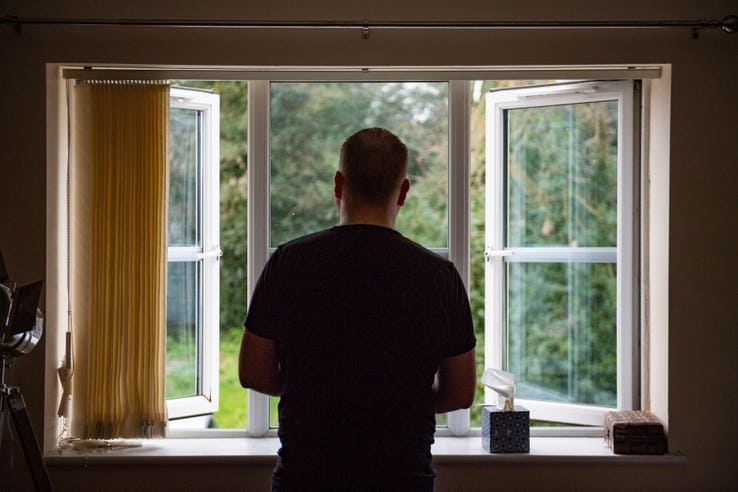
Thousands more people in Allerdale have been told to shield after experts identified additional adults at serious risk of COVID-19.
NHS England data reveals that 2,570 people in the area were set to receive letters urging them to avoid leaving their home except for in certain circumstances, such as to exercise or attend health appointments, as of February 22.
It took the total number of people advised to shield in the area to 6,710 – a 62 per cent increase.
The initial shielding list included people with single risk factors such as those with various cancers, people on immunosuppression drugs or those with severe respiratory conditions.
It has been expanded after scientists developed a new tool which assesses whether someone is at risk of severe disease or death.
The tool looks at multiple factors including age, ethnicity, body mass index (BMI), other health conditions and also postcode, which is indicative of levels of deprivation.
The predictive risk model was developed by researchers led by scientists at Oxford University.
Up until February 10, there were 4,140 patients on the list of clinically extremely vulnerable people in Allerdale.
Those newly identified following a Government announcement on February 16 will get priority access for vaccines if they have not yet received a jab due to their age.
Across England, an extra 1.7 million people have been identified as clinically extremely vulnerable – up from 2.2 million previously identified – with the total currently standing at 3.8 million.
The changes mean that around 800,000 people will be pushed up the vaccine priority list.
Dr Jenny Harries, deputy chief medical officer for England, said the 1.7 million will be eligible for additional support including medicine deliveries, priority slots for supermarkets and statutory sick pay.
“All of these people who are identified for the first time are those who have not had an individual clinical condition that we’ve previously been able to identify through the clinically extremely vulnerable group, but they are people who have multiple personal risk factors and underlying health conditions which move them into a higher risk group,” she said.
Dr Harries said the approach was “risk averse” to protect as many people as possible.
Current advice states that shielding should continue until at least March 31.








